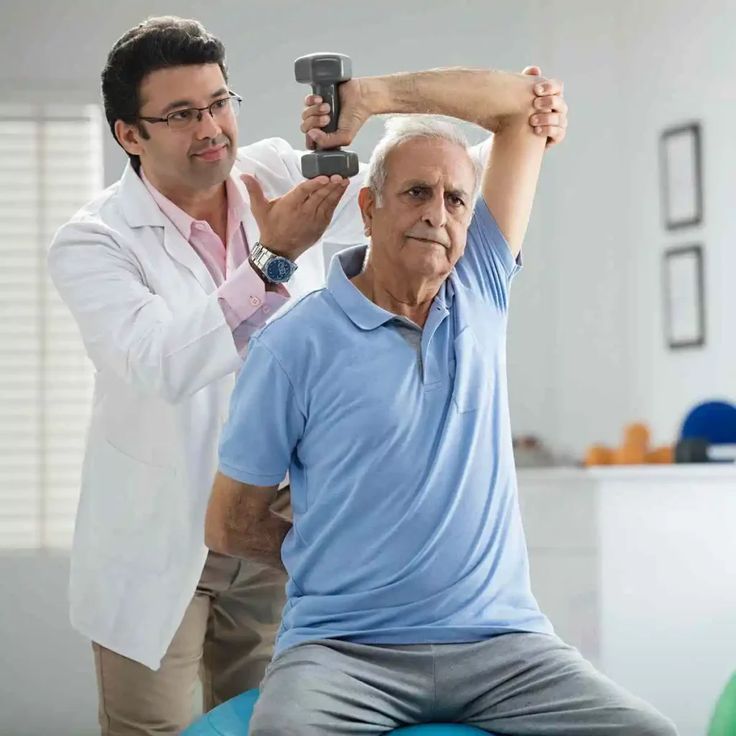Introduction:
Amyotrophic Lateral Sclerosis(ALS) is a type of motor neuron disease. Amyotrophic Lateral Sclerosis is also known as Lou Gehrig’s disease and charcot disease.
Definition:
Amyotrophic Lateral Sclerosis is a neurodegenerative group of disorders characterized by degeneration of lateral column.
Etiology:
There will be degeneration of the Lower Motor Neuron in the spinal cord and brainstem.
Clinical Manifestation:
- Weakness of muscles in comnination could be seen in the ALS.
- Persistent weakness in an arm or leg.
- Spasticity
- Observe wastibg of muscles along with the exaggerated deep tendon reflexes.
- Weskness of the bulbar muscles andleads to dysarthria(problem in articulation of speech) and dysphagia(Difficulty of swallowing).
- The jaw jerk and gag reflex are exaggreted, sneezing and coughing may be excited reflexly with abnormal readiness.
- The tongue appears smal but is not wasted,wrinkled and shows the evidence of fasciculation.
- The sphincter muscles in early stage are not affected, but some cases reported difficultly in micturition.
Investigation:
The following investigations may be reuired for differential diagnosis:
- Blood investigations to check the thyroid levels and creatinine kinase.
- Magnetic resonance imaging(MRI)
- EMG(Elecrto myography) & NCV(Nerve Conduction valosity)
- Lumbar puncture
- Muscle Biopsy
Prognosis:
Though the motor neuron disease is invariably progressive, the rate of progress is different from case-to- case. Most patients servive for 2-3 years after onset and some servive extremely longer but to a maximum of 10 years as per the records till now.

Physiotherapy Treatment
Physiotherapy is a crucial component of managing ALS, focusing on maintaining as much independence and quality of life as possible. The treatment is not a cure but a supportive measure to manage symptoms.
- Maintaining Mobility and Function: A physiotherapist will work with the patient to develop a customized exercise program that includes gentle stretching and low-impact aerobic exercises. This helps to prevent reduce muscle spasticity, joint stiffness and maintain existing muscle strength for as long as possible. As the disease progresses, the exercises are adapted to be passive, where the therapist or a caregiver moves the patient’s limbs.
- Assistive Devices: Physiotherapists play a key role in recommending and training patients on the use of assistive devices. These can range from simple tools like canes and walkers to more advanced equipment like braces and wheelchairs . These devices help patients maintain mobility and independence, ensuring they can perform daily tasks safely.
- Caregiver Education: An important part of a physiotherapist’s role is to educate caregivers on how to assist the patient harmlessly. This includes proper lifting and transfer techniques to prevent injury to both the patient and the caregiver, as well as guidance on performing passive exercises and using assistive devices.
- Respiratory Support: As the diaphragm and other respiratory muscles weaken, breathing becomes difficult. Physiotherapists can teach breathing exercises and recommend techniques like manual chest percussion to clear secretions and improve lung capacity. They also provide guidance on using assistive devices, such as non-invasive ventilation, to help with breathing.
- Stretching Exercise: Stretching of pectoral and sternocleidomastoid muscles could be helpful to improve chest mobility.
Conclusion
- While there is no cure for Amyotrophic Lateral Sclerosis(ALS), a multifaceted approach involving physiotherapy can significantly improve a patient’s quality of life. By focusing on symptom management, support worker support mobility and mobility maintenance physiotherapy empowers individuals with ALS to retain their independence and dignity for as long as possible.
